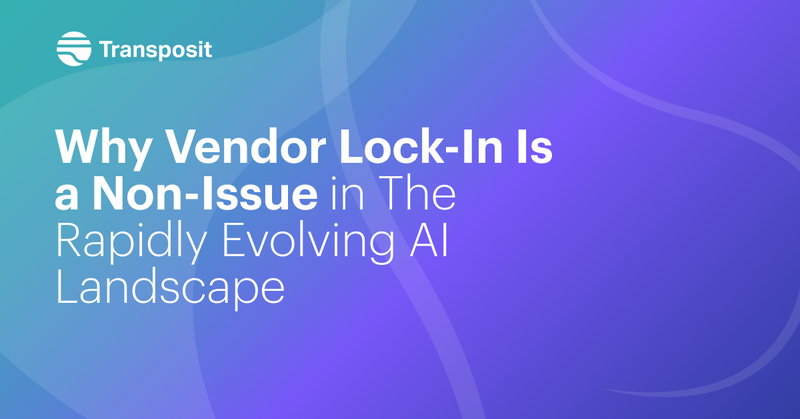Unstructured: A New Era of AI-Driven Observability
Is your cloud observability tool telling you the whole story? Think beyond logs and metrics; it's about the stories hidden in unstructured data.
Observability tools have an unstructured data problem.
Now, before you come for me, let me caveat this by saying that I am by no means minimizing the importance of these tools in your environment. Back when I joined Splunk in 2011, logs were seen as digital exhaust, and I spent 9 years convincing people that they could be so much more.
We’ve come a long way, and modern observability tools excel in aggregating structured data like logs, metrics, and traces. However, they struggle with the vast ocean of unstructured data — things like git commits, configuration changes, Slack conversations, emails, and knowledge base articles.
Why does that matter?
So much of what operations teams do involves correlating patterns across those unstructured sources of data. Modern cloud environments are complex, spread across many different systems that depend on each other. When something goes bump in the night, the key to figuring out the best way to resolve the issue may be hidden in a Jira ticket that outlines why a particular feature behaves the way it does, a Slack message that describes how someone fixed an issue in their local environment, or release notes from one of your vendors that describes a change in behavior.
In other words, observability tools are great at identifying the symptoms of a problem, but you’re on your own when it comes to investigating the underlying causes.
In practice, the work of correlating patterns across those unstructured sources of data falls to experienced engineers who “know where all the bodies are buried” and “have an intuition for debugging.” These team members quickly get overburdened with production issues, and that institutional knowledge becomes concentrated and difficult to disseminate.
At Transposit, we are on a mission to bridge this gap, integrating the unstructured with the structured. The goal is to not just identify what’s happening in our systems, but to understand why in a much more comprehensive way.
We see AI, particularly in its ability to parse and interpret unstructured data, as a crucial part of this puzzle. Imagine a system that:
- Instantaneously knows what code commits are most likely related to the weird issue you’re seeing on prod
- Remembers the conversation the team had last week on Slack that resolved the build issue you’re having
- Pulls data that’s relevant to your conversations without prompting
- Notifies you when external events may be relevant to the alert you’re investigating
We're at the cusp of a major shift where AI doesn’t just support operations; it becomes a central player in how we understand and manage complex systems. The goal is to make institutional knowledge universally accessible, easing the burden on key personnel and paving the way for more resilient and self-aware systems.




